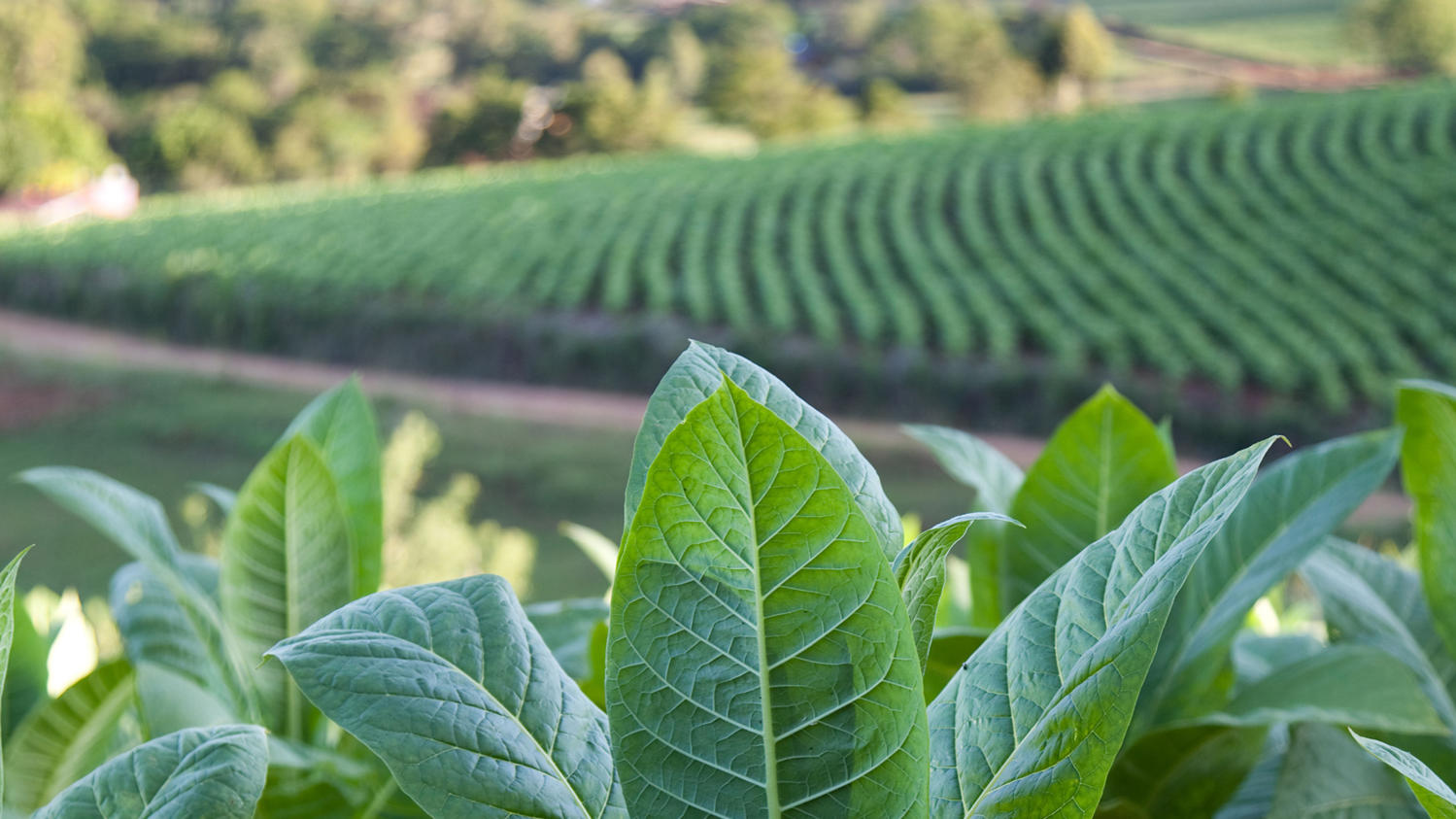Philip Morris International: Eliminating coal from tobacco curing

One of PMI’s 2020 goals is to stop the use of coal in the tobacco curing process. We recognize that coal-based tobacco curing leads to high GHG emissions, contributes to climate change and impacts farmers’ well-being. Renewable alternatives exist that reduce the environmental impacts and improve the conditions for farmers.
We assessed the GHG footprint across curing barns and gathered farmers’ views on renewable alternatives. This helped us inform our strategy to eliminate coal from the curing process completely by 2020.
Our work in Colombia is a prime example of our progress. By agreeing an internal price on carbon, we could calculate the optimum solution to mutually benefit the environment, society, our suppliers, customers and shareholders. We focus on curing barn efficiency and renewable energy sources (such as biomass and traceable firewood).
Applying the Natural Capital Protocol approach has helped identify total value impacts for this practice and further shape our strategy.
- Yes
- Climate & Air Emissions
- Energy
- Corporate
- Monetary
- Qualitative
- Quantitative
- Value to business
- Value to society
- Colombia
- Skills & knowledge
- Upstream
- Consumer Goods
Key findings
The assessment confirmed that fully eliminating coal from tobacco curing by 2020 is possible to achieve, down from the 21% base rate in 2016 (representing our total purchase of flue-cured tobacco using coal).
While we continue to integrate the natural capital concept into our decision-making processes, we began to develop a methodology that fits with both the Social and Natural Capital Protocols, aiming to account for farmers’ well-being and environmental improvements beyond our bottom line. Adopting an internal carbon price is part of that work.
We decided to offset the cost differential between coal and renewable energy sources to incentivize farmers to switch. We build on farmers’ understanding of the environmental and health benefits of using renewable energy sources such as biomass and traceable firewood for curing.
More information
Claudia Berardi (Claudia.Berardi@pmi.com) Manager Agricultural Programs, Philip Morris International
